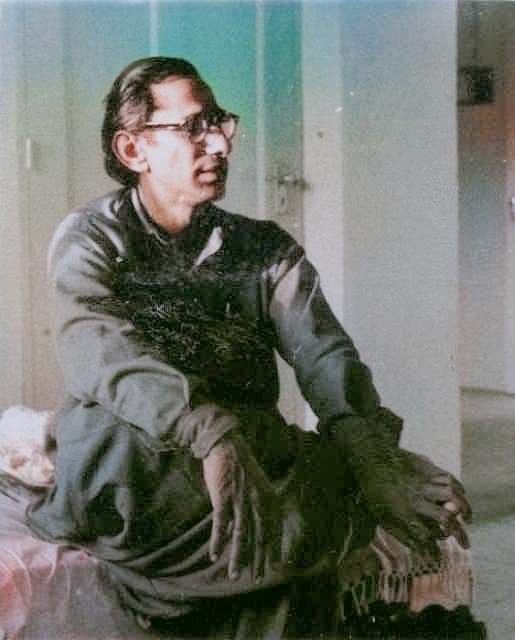Shashoo Bakery: The Old and Famous Bakery of Gwadar
 |
| Qadir Bakhsh Aka Shashoo with his friend |
 |
| Oven fire set on at Shashoo Bakery |
 |
| Saleem while baking cakes in oven |
 |
| Yousuf while preparing cake flour |
 |
| Oven of Shashoo Bakery |
 |
| Saleem preparing cakes and other stuff |
 |
| Inside View of Shashoo Bakery |
 |
| Yousuf mixing and blending cake flour |
 |
| Saleem preparing cakes |





































































